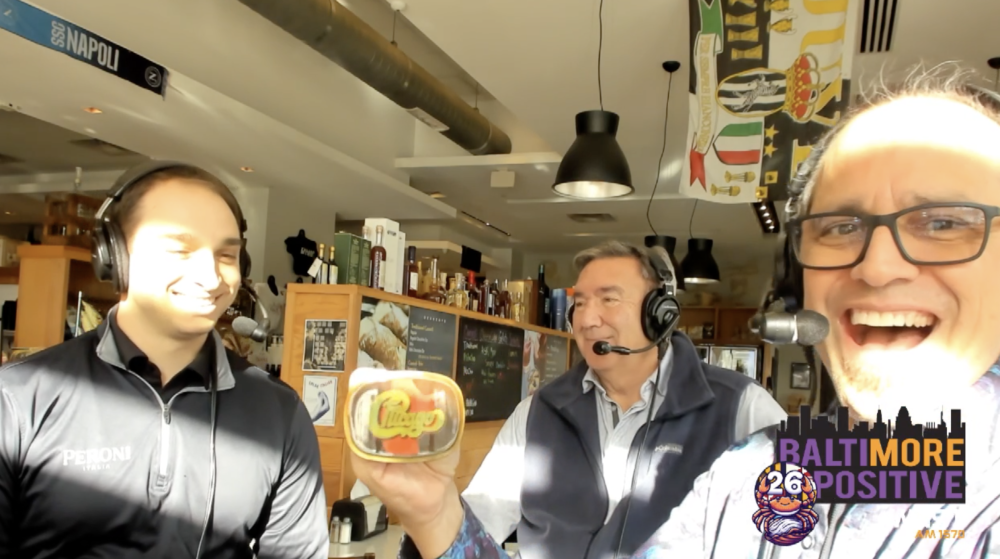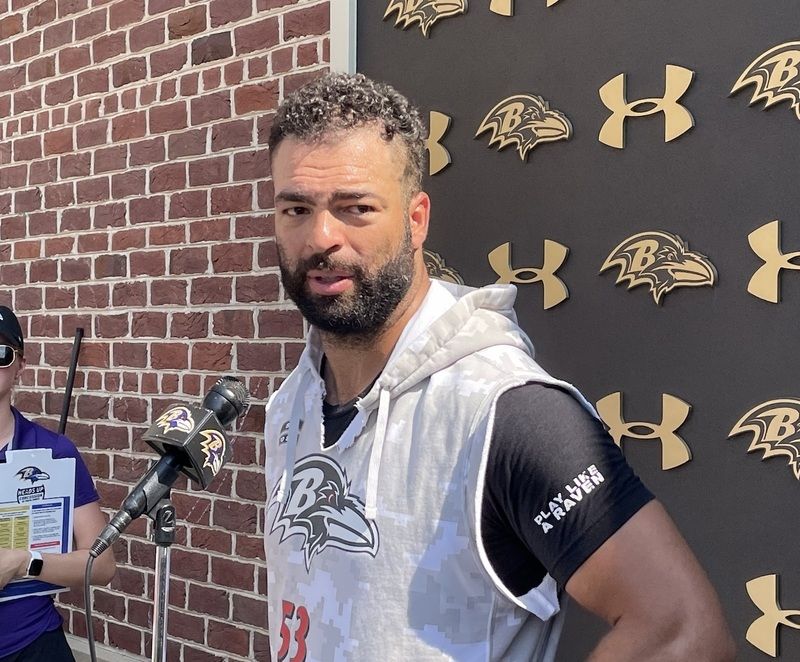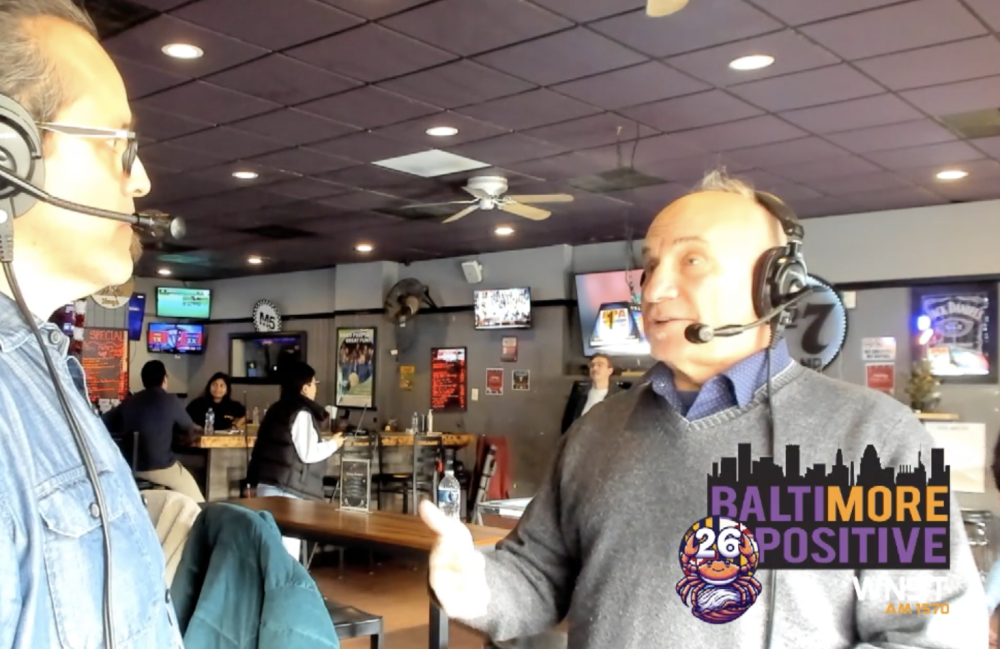I love baseball.
I’ve really missed it.
One of my cathartic moments in the early months of this dystopian world in which we currently reside was dusting off my glove to play catch in the backyard for the first time in who knows how long. Such an experience was therapy at a time when the only live baseball being played was half a world away
Like so many, my feelings are mixed and my fingers crossed about navigating an unprecedented season in the midst of the COVID-19 pandemic. I respect those individuals who’ve elected not to participate and the many players, coaches, and team personnel trying to push through the bizarre circumstances and risks to complete a 2020 season and provide an outlet of temporary escape. I’m hoping for the best while recognizing the undesirable outcomes that could again bring baseball to an abrupt halt.
That paramount acknowledgement aside, finding value in this abbreviated season for the Orioles is challenging
A 60-game sprint of a schedule dares even the worst clubs to dream about a small-sample-size run to the postseason — especially with the playoff field expanding from 10 to 16 teams — but we’re talking about an outfit that hasn’t had as much as a winning month of baseball since August of 2017. Last year’s world champion Washington Nationals and their 19-31 start are the popular citation for the unpredictability of a short season, but 60 games is much more often than not an accurate barometer to distinguish legitimate contenders and teams with a fighting chance from the ones having no shot.
The Orioles lost 108 games last year and won’t have the services of team MVP Trey Mancini (recovering from colorectal cancer), positional player WAR leader Jonathan Villar (traded to Miami), and innings pitched leader Dylan Bundy (traded to the Los Angeles Angels). Making short-term feelings worse, the club placed starting ace John Means (left shoulder) and promising reliever Hunter Harvey (right forearm strain) on the 10-day injured list to begin the season even though manager Brandon Hyde says both should be back sooner than later. Frankly, none of these developments are encouraging beyond the Orioles’ chances of securing the top overall pick in the 2021 draft.
With Means temporarily sidelined, the Baltimore rotation currently consists of 30-somethings with little upside or trade value. Perhaps a healthy Alex Cobb will look more like the pitcher he was in Tampa Bay, but the four-year, $57 million deal a playoff-hopeful Orioles club invested in him 2 1/2 years ago simply isn’t going to bring real value for the future.
Of course, there’s Chris Davis, entering the fifth season of a seven-year, $161 million contract that’s been nothing short of disastrous. Even if his surprising Grapefruit League performance was the harbinger for a modest renaissance, it just won’t mean much beyond the short-term surprise.
Worst of all, the minor league season isn’t taking place with top organizational prospects like catcher Adley Rutschman and pitcher DL Hall restricted to working out at the secondary camp in Bowie. So many of the young players critical to Baltimore’s long-term success simply aren’t getting the desired seasoning to expedite a multiyear rebuilding effort, a cold reality from a baseball perspective.
But all isn’t lost.
Austin Hays will man center field and hit at the top of the order on Opening Day in Boston. It’s easy to forget after two injury-plagued years that the 25-year-old was the first player selected in the 2016 draft to make the majors, but Hays should have every opportunity to prove he belongs if he can stay healthy.
Outfielders still in their mid-20s such as Anthony Santander, DJ Stewart, and Cedric Mullins present varying degrees of intrigue and can improve their standing for the future over these next two months.
Veteran reliever Mychal Givens could become general manager Mike Elias’ most appealing chip for the Aug. 31 trade deadline, but the 30-year-old will have just over five weeks to regain his pre-2019 form.
The most anticipated development of the summer will be the debut of Ryan Mountcastle, who is expected to arrive in Baltimore sooner than later. His latest defensive endeavor is learning left field and a problematic strikeout-to-walk ratio should temper expectations, but the 2019 International League MVP’s 61 extra-base hits last year provide more than enough reason for excitement.
There’s also the potential promotions of young starting pitchers such as Keegan Akin and Dean Kremer, who seem like decent bets to pitch for the Orioles by season’s end. Outfield prospect and Manny Machado trade centerpiece Yusniel Diaz appears less likely to be promoted after failing to progress to Triple-A Norfolk last year, but his progress in the Bowie camp will be monitored closely.
Yes, you’ll need to look closely for those signs of promise while hiding your eyes from what’s likely to be plenty of losing, but we’re all looking for signs of hope — in the Orioles, baseball, and beyond. A 60-game baseball “season” — perhaps it’s better described as an event — with empty ballparks, COVID-19 testing, fake crowd noise, and social distancing is so far from ideal, but so is the rest of life these days.
Weird baseball — even bad baseball — is better than none at all. It’s a difficult reminder of where we are as a country right now and the normalcy for which we long. If the game can safely — a colossal caveat — bring a few hours of smiles, laughs, or even some groans over something trivial, yet important every night, it’s worth it to try, even if that hot dog and cold beer at Camden Yards will have to wait.
In that regard, finding value in this season — even one likely to be forgettable for the Orioles — is easy.
With fingers crossed, let’s play ball.



























